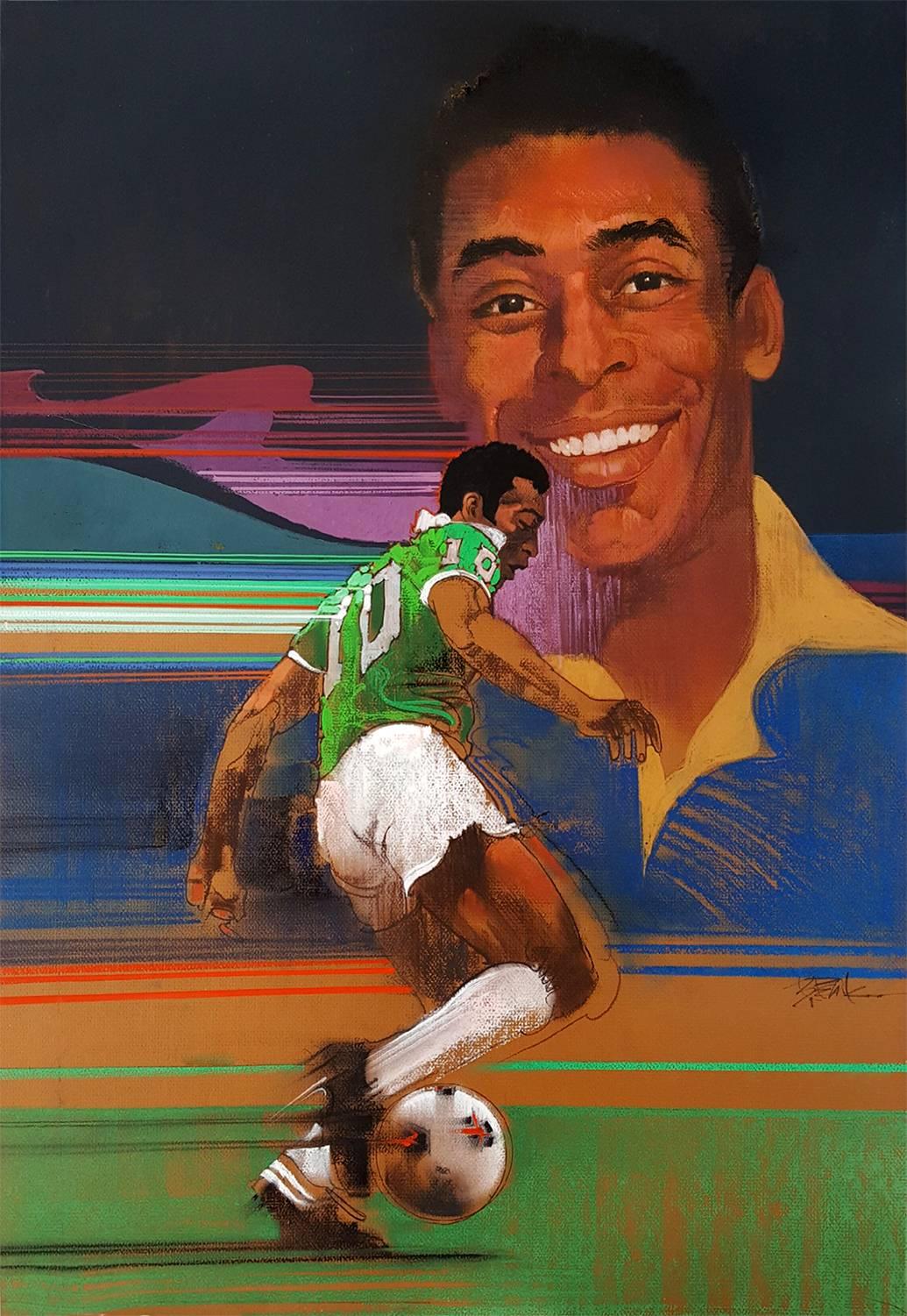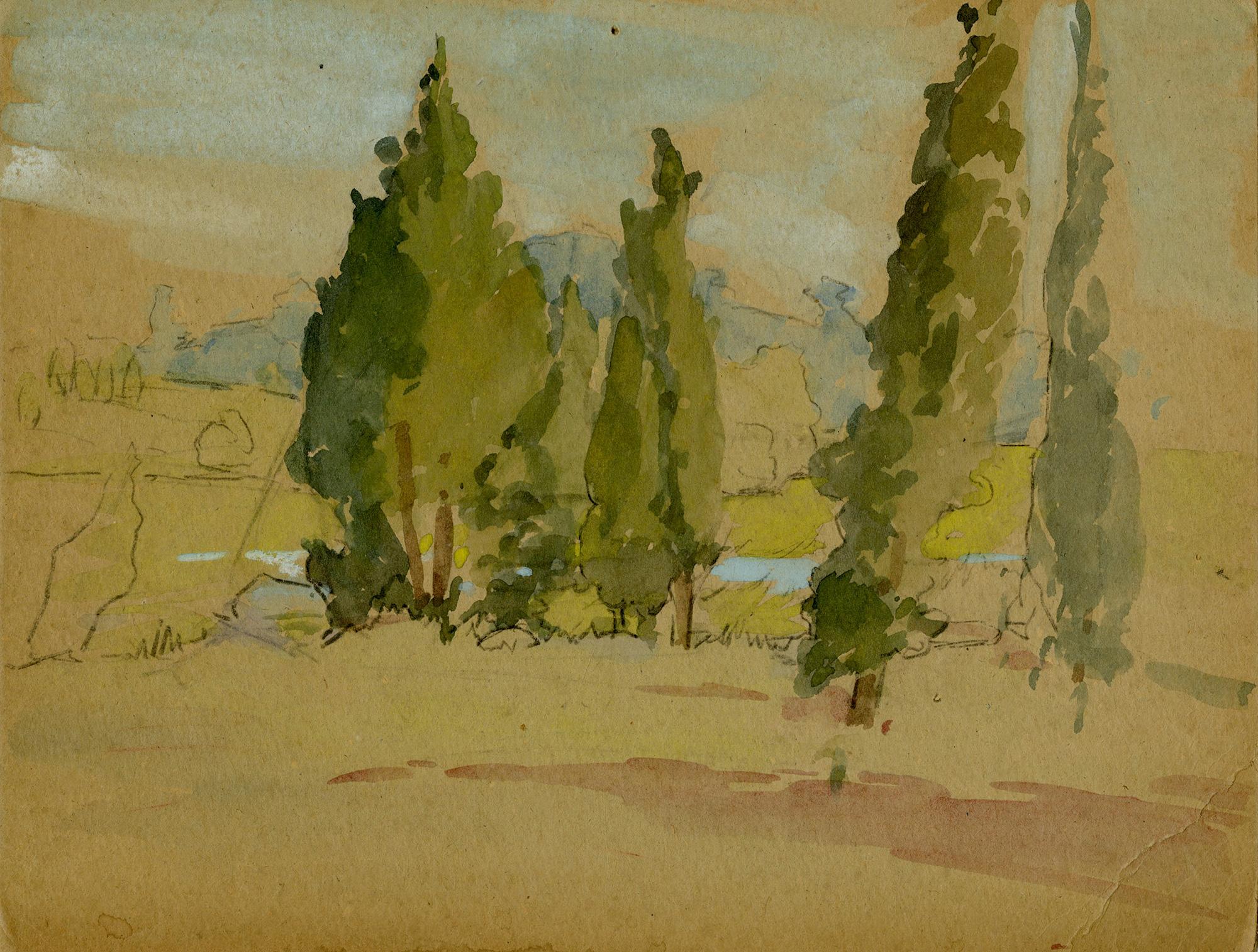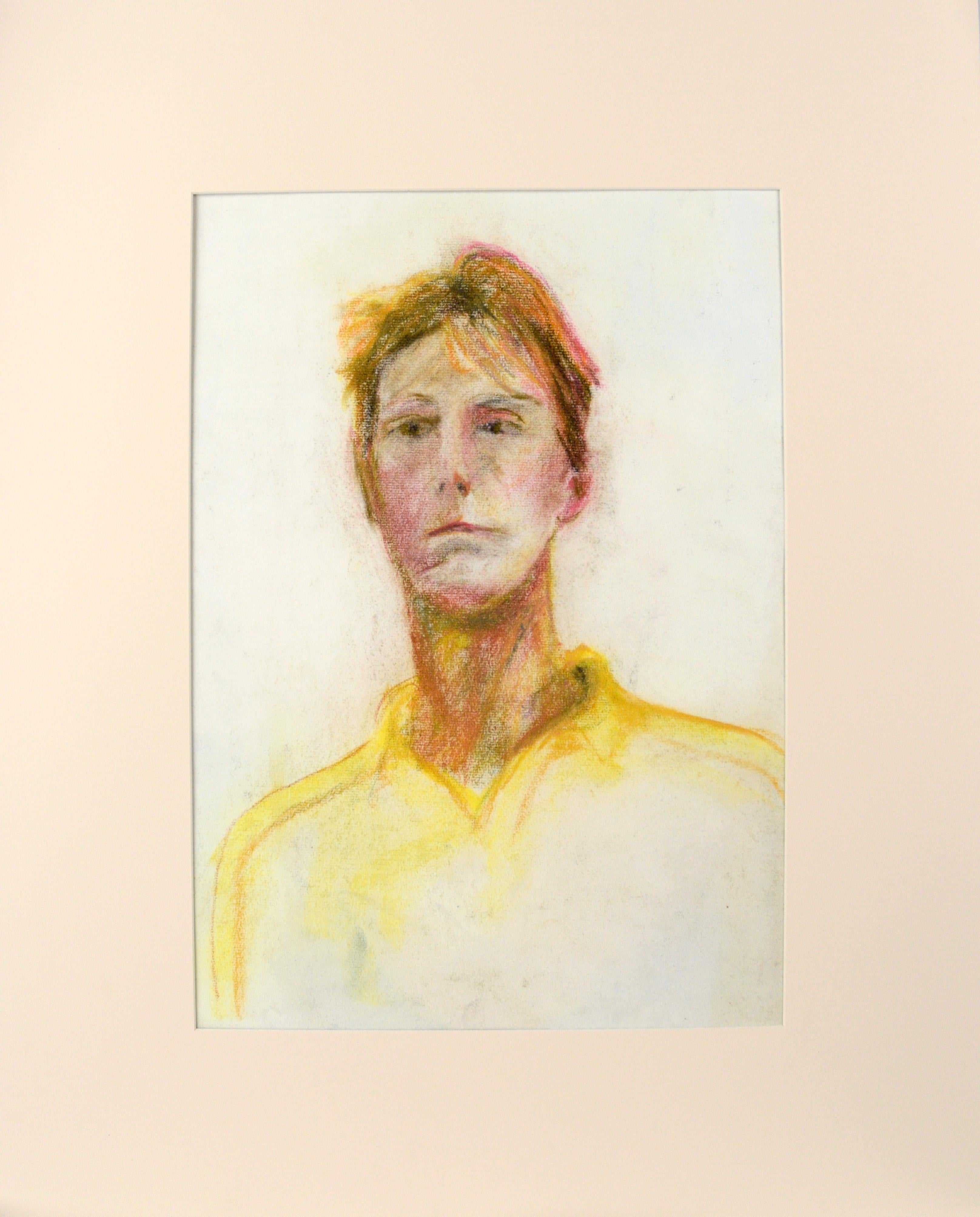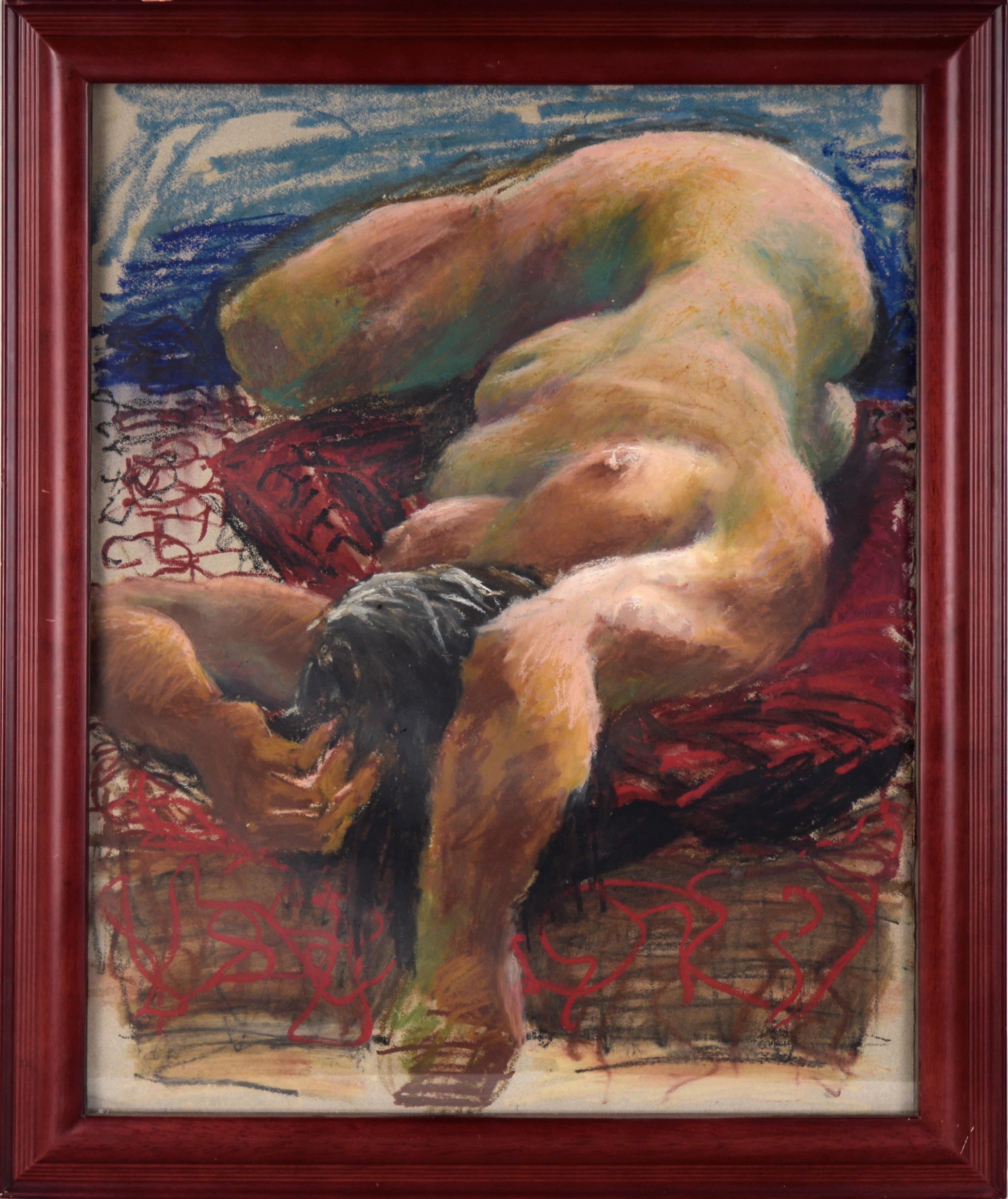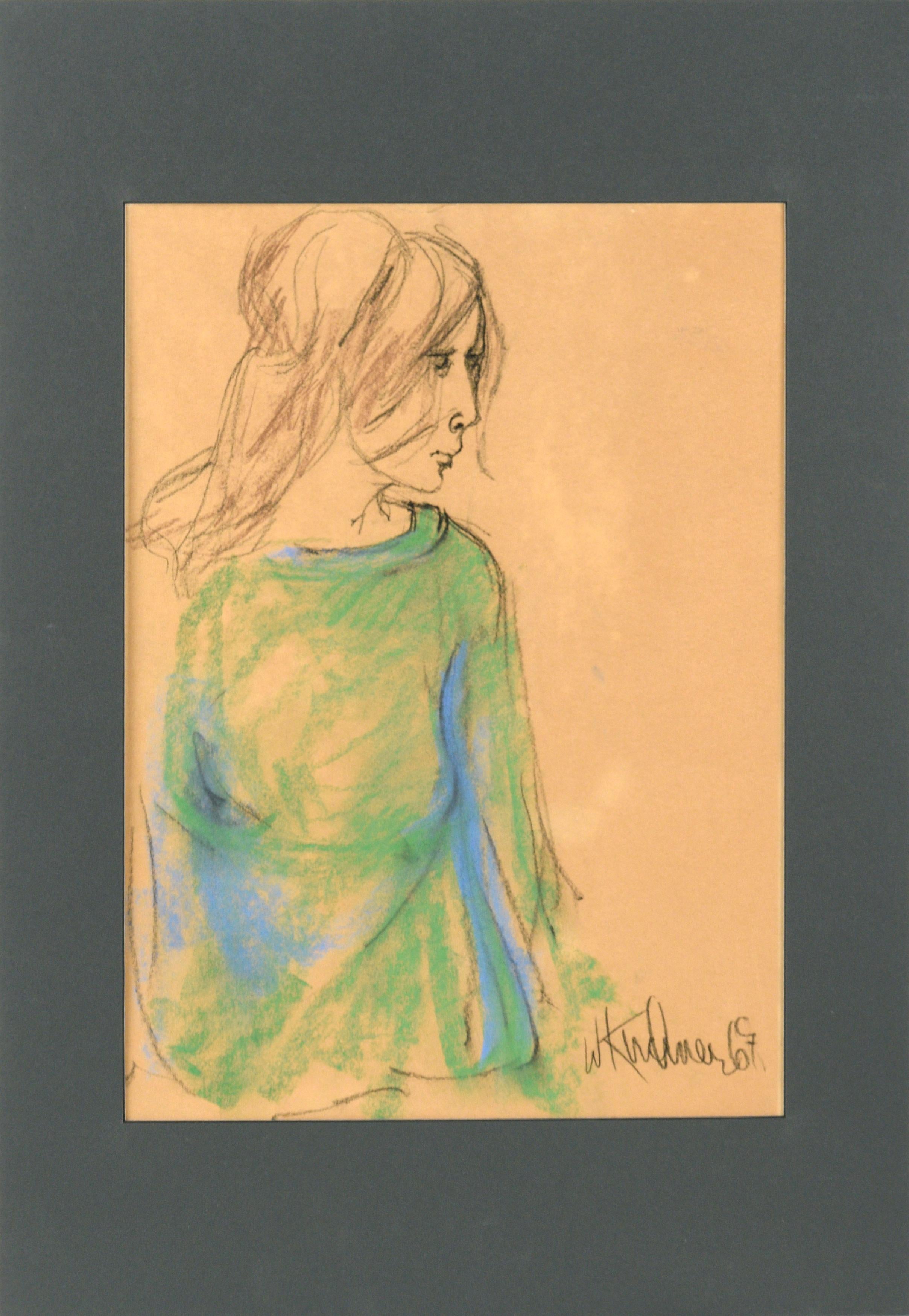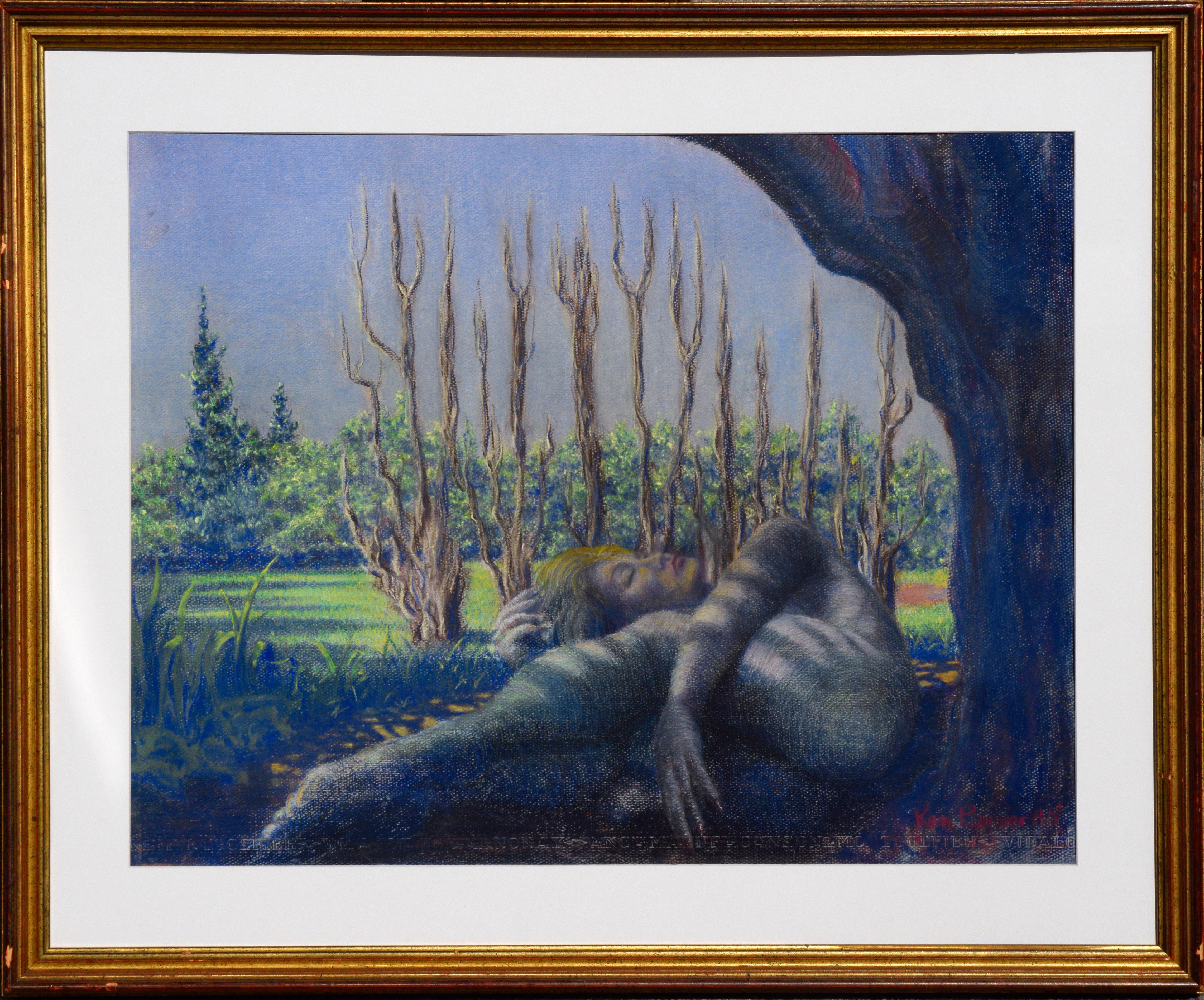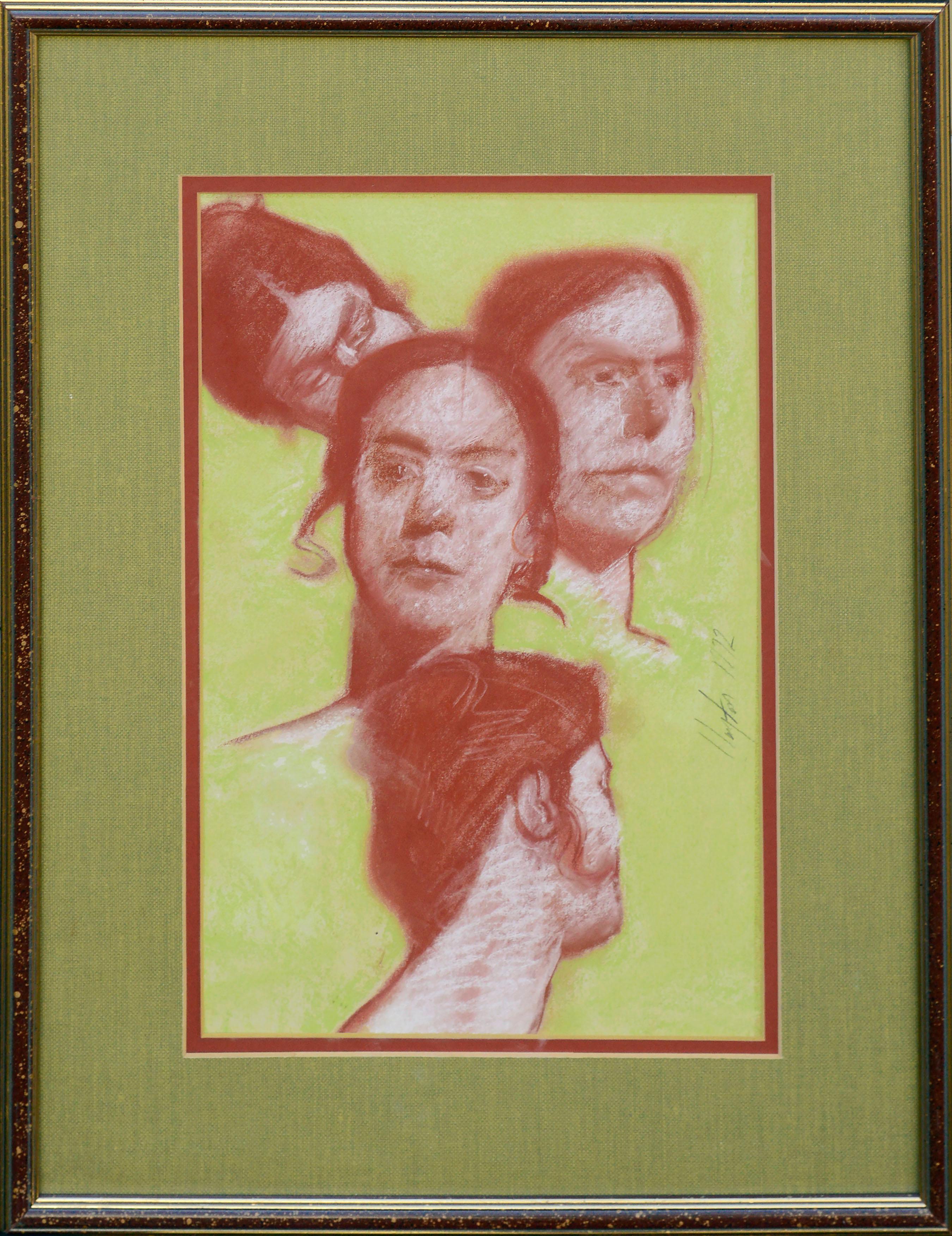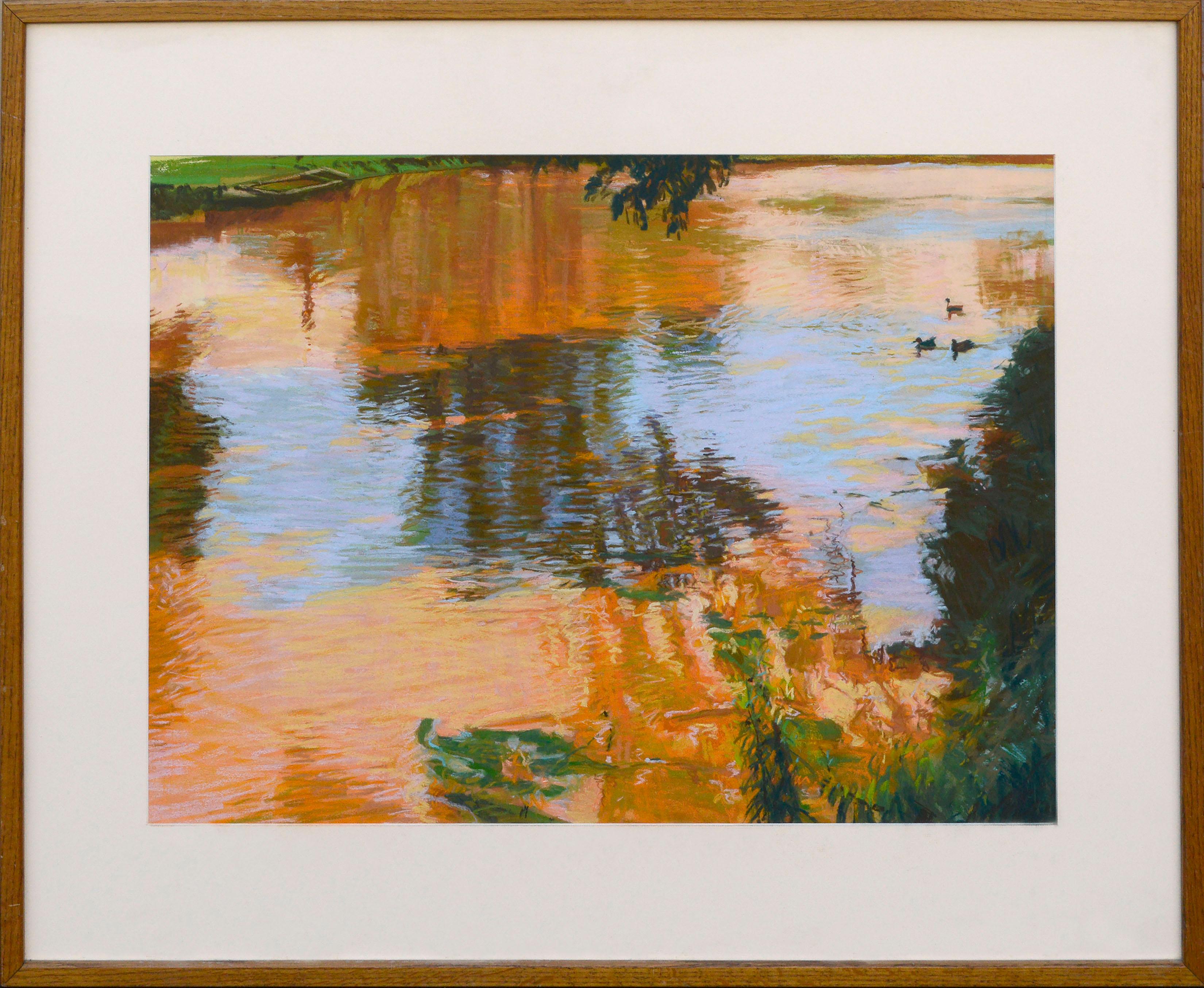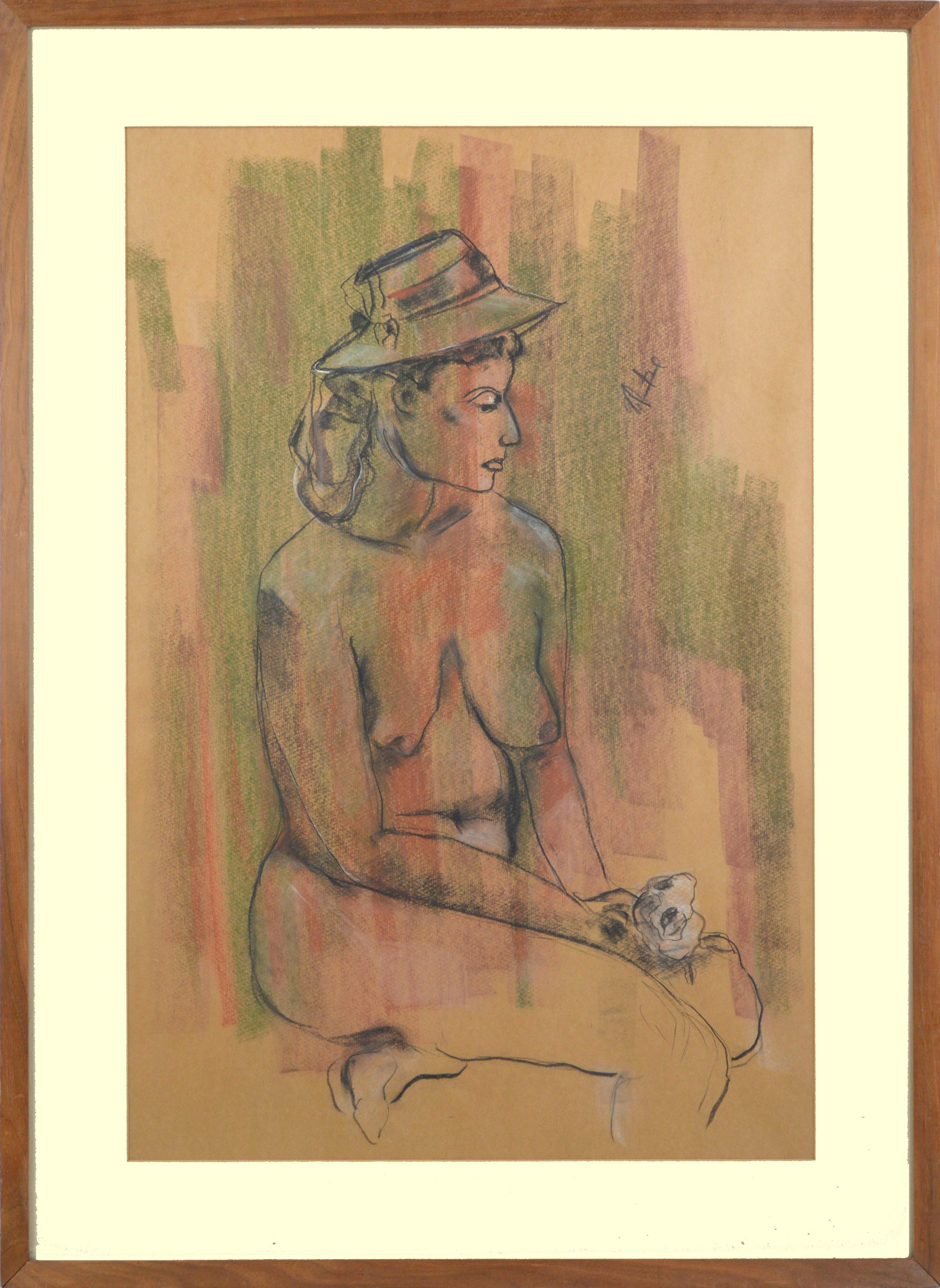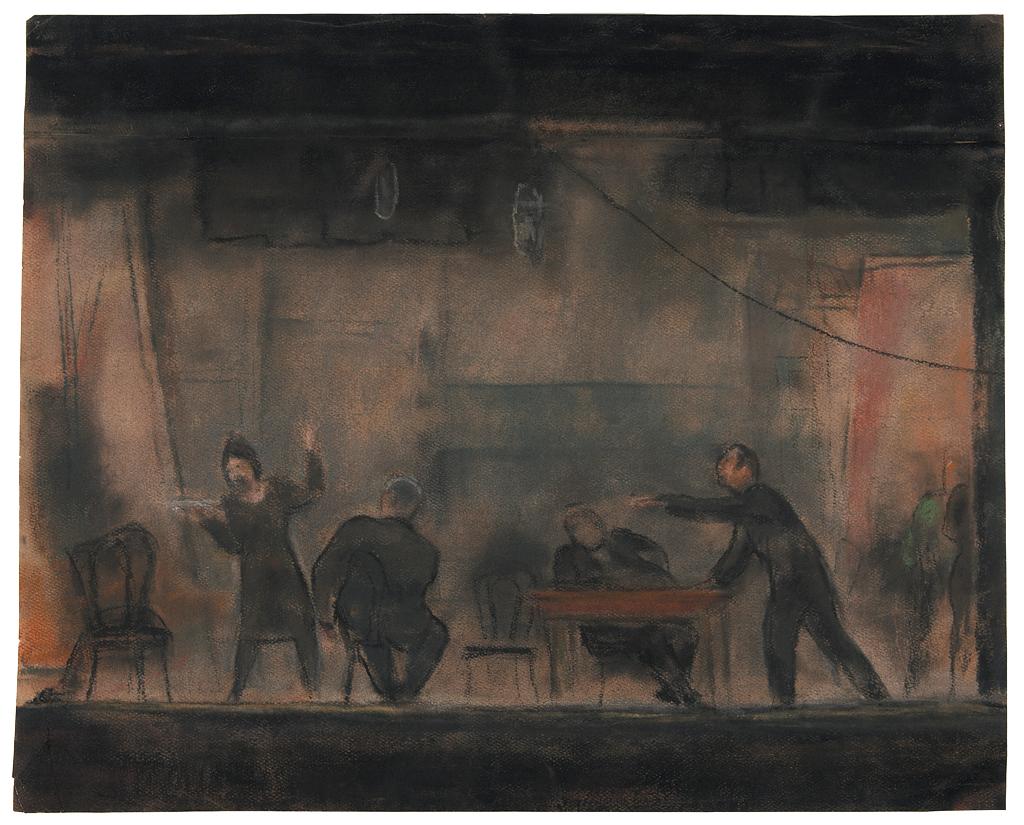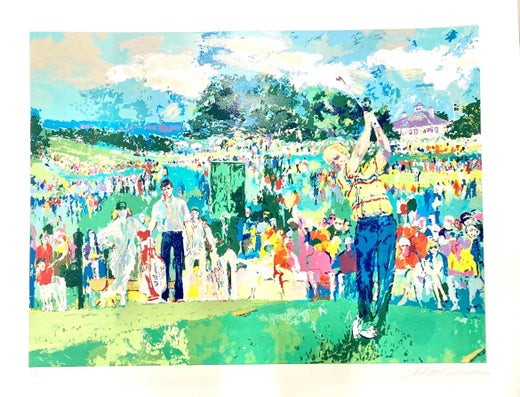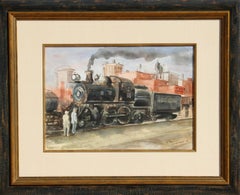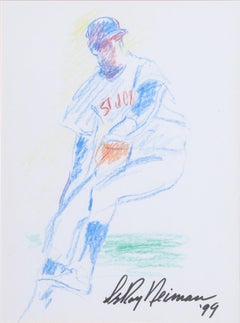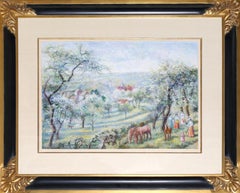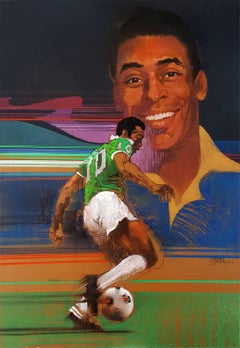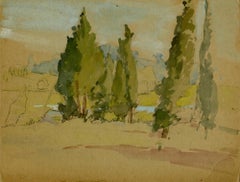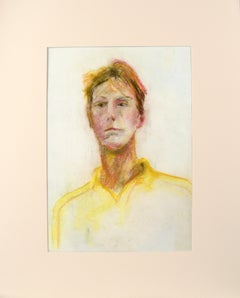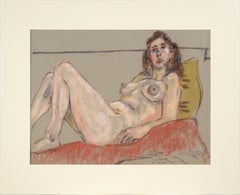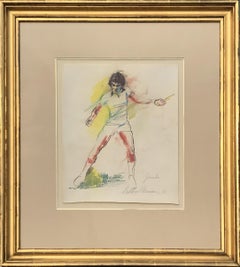
"Jimbo", Jimmy Connors, Tennis drawing by LeRoy Neiman 1983
View Similar Items
LeRoy Neiman"Jimbo", Jimmy Connors, Tennis drawing by LeRoy Neiman 19831983
1983
About the Item
- Creator:LeRoy Neiman (1921 - 2012, American)
- Creation Year:1983
- Dimensions:Height: 28 in (71.12 cm)Width: 24 in (60.96 cm)
- Medium:
- Movement & Style:
- Period:
- Condition:In very good condition.
- Gallery Location:Long Island City, NY
- Reference Number:1stDibs: LU4666869402
LeRoy Neiman
LeRoy Neiman, born LeRoy Runquist, is best known for his vibrantly colored paintings and screen prints, which draw on Impressionism and Pop Art and frequently feature portraits of athletes and musicians as well as depictions of sporting events. He is renowned for creating art during live coverage of the Olympics and other major American and international sports competitions. He once commented, “I use (bold) color to emphasize the scent, the spirit, and the feeling of the thing I’ve experienced.”
Born in Saint Paul, Minnesota, Neiman showed an early aptitude for drawing. After returning home from WWII, he studied at the Saint Paul School of Art and the School of the Art Institute of Chicago (SAIC), where his classmates included Robert Indiana and Leon Golub. Upon graduation in 1950, he began teaching at SAIC.
In 1953, his oil painting Idle Boats won first prize at the Twin City Show, where the Minneapolis Art Institute purchased it. Neiman’s reputation quickly grew, and museums such as the Carnegie Pittsburgh International Exhibition of Contemporary Painting, the Art Institute of Chicago and the Corcoran Gallery of Art in Washington purchased his works.
In 1954, Neiman’s famous association with Playboy magazine began to take shape. Hugh Hefner commissioned Neiman to create an illustration for this fledgling magazine, and his piece won the 1954 Chicago Art Directors Award. This led to a relationship with Playboy that lasted five decades and included Neiman writing and illustrating the “Man at His Leisure” section and the creation of the well-known “Femlin” — a female nymph wearing only opera gloves, stockings and high heels — which appeared on the “Party Jokes” page in every issue since 1955.
In 1970, the 5th Dimension commissioned Neiman to create a cover illustration for the pop group’s album Portrait. In 1994, he created the illustration used for the playbill and the immense Broadway mural for the musical Busker Alley. He was inducted as a Laureate of The Lincoln Academy of Illinois and awarded the highest honor of the state of Illinois, the Order of Lincoln, in 2009.
Today, you can find Neiman’s works in the collections of the Smithsonian American Art Museum in Washington, the Art Institute of Chicago, and the Indianapolis Museum of Art (Newfields), among others.
On 1stDibs, find LeRoy Neiman prints, drawings, paintings and more.
More From This Seller
View All1930s American Impressionist Landscape Paintings
Watercolor
1970s American Impressionist Figurative Drawings and Watercolors
Crayon
Late 20th Century Impressionist Landscape Drawings and Watercolors
Pastel
1980s Contemporary Figurative Drawings and Watercolors
Pastel, Watercolor
1970s Contemporary Figurative Drawings and Watercolors
Pastel, Watercolor
1970s Contemporary Figurative Drawings and Watercolors
Pastel, Watercolor
You May Also Like
1980s American Impressionist Figurative Paintings
Pastel, Gouache
Early 1900s American Impressionist Landscape Drawings and Watercolors
Crayon, Watercolor, Board
21st Century and Contemporary American Impressionist Portrait Drawings a...
Paper, Pastel
1980s American Impressionist Nude Drawings and Watercolors
Paper, Pastel
Late 20th Century American Impressionist Nude Drawings and Watercolors
Paper, Pastel
1960s American Impressionist Figurative Drawings and Watercolors
Paper, Pastel
Recently Viewed
View AllRead More
Romare Bearden’s Humanity Infuses His Bright, Bold Art
Through collage, painting and printmaking, the artist foregrounded Black life in America in revolutionary new ways.
Chryssa’s 1962 Neon Sculpture Was Way ahead of the Art-World Curve
By working with lettering, neon and Pop imagery, Chryssa pioneered several postmodern themes at a time when most male artists detested commercial mediums.
